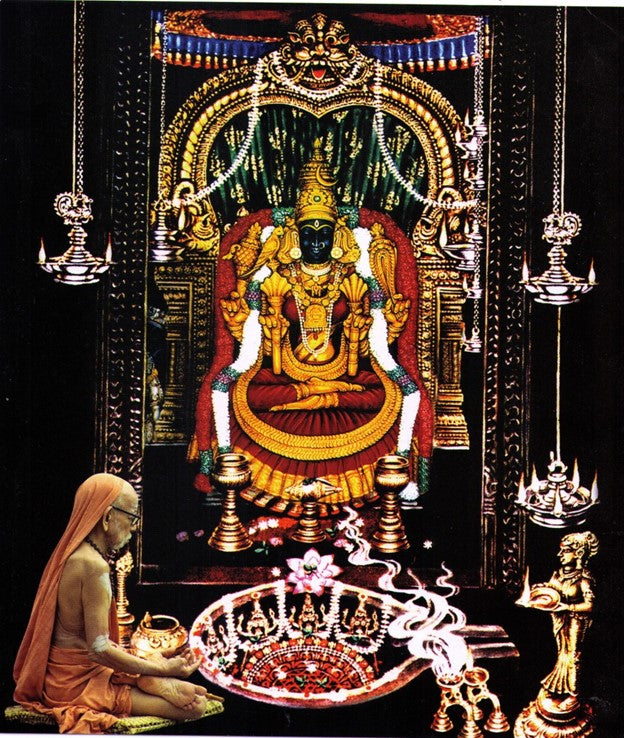
The Most Luxurious Sarees You Need in Your Wardrobe - Kanjivaram
Share
Kanchipuram saree is a timeless piece passed down from one generation to the next and manages to take a special place in a woman's heart and wardrobe

History
Kanjivaram Silk Sarees are traditionally considered offerings to the gods and are consecrated for special occasions, including weddings. The origins of these sarees are intertwined with both historical facts and mythical stories. They are believed to trace back to Sage Markanda, known as the weaver of the gods, who crafted fine pieces from lotus fibers. The renowned weavers of Kanjivaram Sarees hail from Kanchipuram and are known as the Kanchis, descendants of this legendary sage who immortalized the saree both in the heavens and on earth

Weaving Process
Kanchipuram silk saree weaving is a highly skilled craft, celebrated as one of the finest examples of hand-crafted textiles globally. These sarees are meticulously hand-woven with mulberry silk, which is carefully extracted and dyed in vibrant colours before being woven with Zari threads. The silk comes from South India, while the pure gold and silver Zari threads are sourced from Gujarat. These Zari threads contain a government-mandated amount of pure silver and gold, making each saree a timeless investment for your ethnic wardrobe. The entire process of weaving a Kanchipuram saree takes 3-4 weeks, resulting in an astounding final product
Before weaving, silk threads are soaked in rice water and sun-dried to enhance their thickness and stiffness. Once dried, these off-white threads are dyed separately according to the requirements. The border and pallu of the saree are hand-dyed in one colour, while the body is dyed in a contrasting colour.
Coloured threads and Zari are meticulously separated by hand before being sent to the weaving room to prevent tangles and ensure a smooth finish. The threads are then attached to the weaving loom from end to end. The laborious process of drawing the warp ends and connecting them to the previous warp on the loom is done manually. Continuous pages of cardboard stencils, which move with the design above the loom, guide the weaving. These designs are initially hand-drawn and then a cutting machine creates the stencil from a cardboard sheet, which is used on the loom. The threads are hand-woven according to the design. This manual weaving process of a Kanchipuram saree is a traditional art passed down through generations in South India

Types of Kanchipuram saree
While many of us choose the Kanchipuram silk we like, there are different types of sarees that you can choose depending on the type of occasion you're planning to attend.
Plain Kanchipuram with gold border:
This saree has a woven contrast border or a golden Zari border with a single base colour.
Modern Kanchipuram silk:
The design and patterns blended in newer colours and motifs form a modern Kanchipuram saree that is perfect for new-age brides.
Traditional Kanchipuram:
Beautiful checks, coins, chakras, temple borders symbolize the traditional saree of Kanchipuram, making it the richest weave among others. This evergreen drape is perfect for every age and occasion.
Temple border Kanchipuram:
As the name suggests, these sarees have a zigzag temple border - a chevron styled peaks’ design known as a temple.
Borderless Kanchipuram
They are usually made from soft silk and feature intricate designs and motifs woven throughout the fabric.
Kanchipuram silk sarees are exclusively known for their rich gold borders, traditional designs, and dense fabric in contrast colours. The tradition that is more than 150 years old is purely hand woven from processed silk yarn and “Zari”- a silver silk thread coated in gold colour. There are more than 5000 families and 45,000 weavers producing silk sarees in Kanchipuram.

